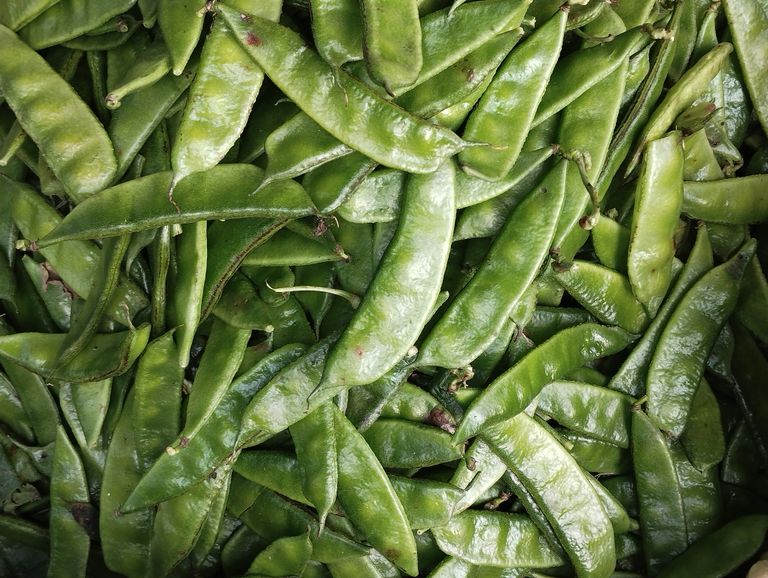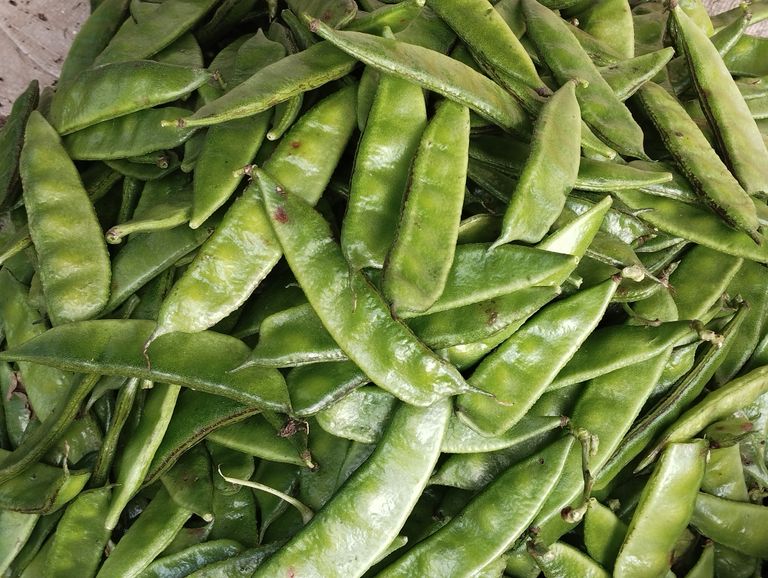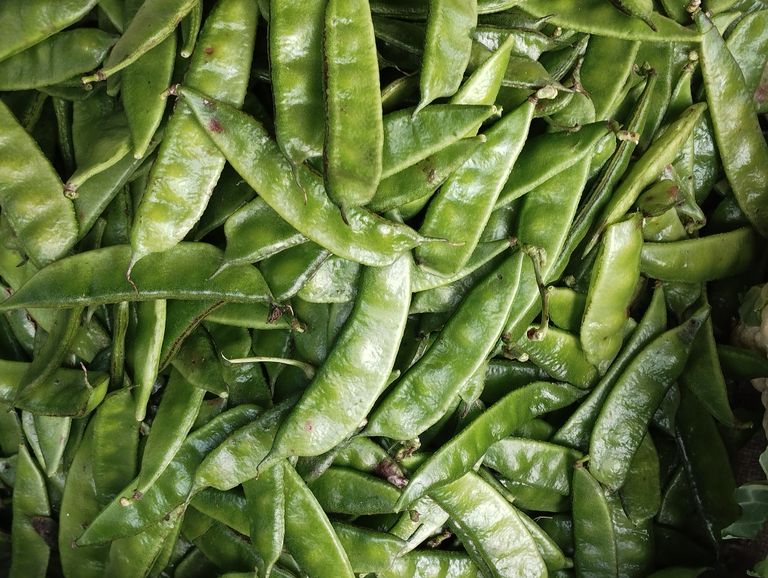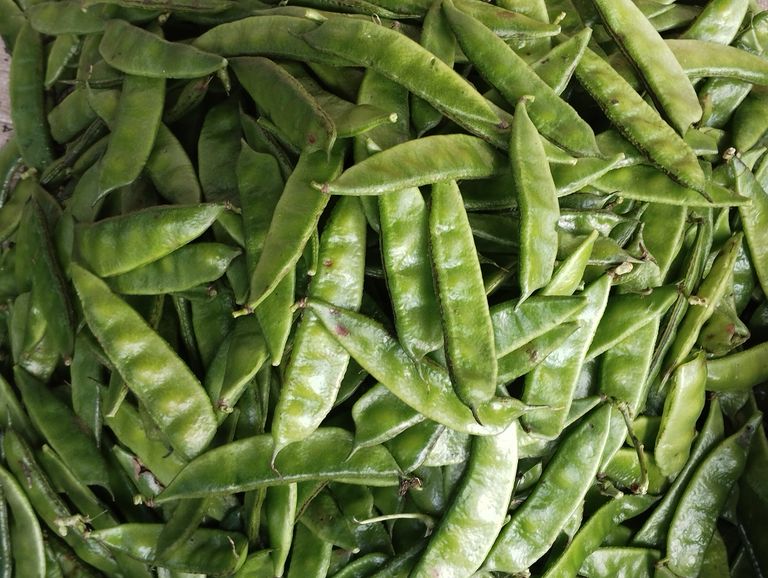
The Commercialization of SIM Cards A Comprehensive Insight.
The SIM card (Subscriber Identity Module) is a small chip that has revolutionized communication worldwide. Over the years, the commercialization of SIM cards has transformed telecommunication markets, enabling billions to connect seamlessly. This article explores the journey, strategies, and challenges of SIM card commercialization in detail.
- The Evolution of SIM Cards
The commercialization of SIM cards began in the early 1990s with the advent of GSM (Global System for Mobile Communications). Initially, SIM cards were basic chips enabling connectivity. However, with advancements in technology, they evolved to support data storage, secure transactions, and even IoT (Internet of Things) functionalities.
Key milestones in SIM card evolution:
1991: Introduction of the first GSM SIM cards.
2000s: Development of micro and nano SIM cards for smaller devices.
2010s: Introduction of eSIMs (embedded SIMs) for advanced devices.
2020s: Virtual SIM technology begins to emerge.
- The Importance of Commercializing SIM Cards
SIM cards have become essential for connecting to mobile networks, enabling:
Global Connectivity: Providing seamless communication across countries.
Digital Services: Supporting mobile banking, social media, and e-commerce.
IoT Integration: Powering smart devices, from home automation to industrial equipment.
The commercialization of SIM cards has also driven significant economic growth in the telecommunication sector. According to market reports, the global SIM card market value is projected to exceed $7 billion by 2030.
- Strategies for SIM Commercialization
Telecommunication companies employ several strategies to market SIM cards effectively:
a. Pricing and Promotions
Offering affordable SIM cards with attractive starter packs.
Providing free or subsidized SIM cards during promotional events.
b. Customizing for Local Markets
Preloading SIM cards with regional content and language support.
Bundling SIM cards with local calling and data packages.
c. Digital Integration
Enabling eSIM support for smartphones, wearables, and IoT devices.
Providing online activation and subscription management options.
d. Partnering with Businesses
Collaborating with retail chains, banks, and online marketplaces to distribute SIM cards.
Launching co-branded SIM cards with exclusive benefits.
- Challenges in SIM Card Commercialization
Despite its success, the commercialization of SIM cards faces several challenges:
a. Market Saturation
In developed markets, where smartphone penetration is nearly 100%, growth opportunities for traditional SIM cards are limited.
b. Regulatory Hurdles
Governments worldwide impose strict regulations for SIM registration to prevent misuse, adding compliance costs for operators.
c. Emergence of eSIMs
While eSIMs offer flexibility, they reduce the need for physical SIM cards, impacting traditional sales.
d. Environmental Concerns
The production and disposal of physical SIM cards contribute to e-waste. Companies are now exploring eco-friendly alternatives.
- Innovations in the SIM Market
The telecommunication industry continues to innovate to stay competitive. Recent trends include:
Biometric SIM Cards: Integrating fingerprint or facial recognition for enhanced security.
Green SIM Cards: Made from recycled materials to address environmental concerns.
Multi-IMSI Technology: Allowing one SIM card to operate on multiple networks, ideal for frequent travelers.
- The Future of SIM Commercialization
The future of SIM cards lies in digital transformation. As more devices become connected, the demand for eSIM and virtual SIM technology will grow. This shift will enable users to switch carriers or plans instantly without requiring physical cards.
Predicted trends include:
Greater IoT Integration: From smart cities to autonomous vehicles.
Expansion in Emerging Markets: Increasing mobile penetration in Asia, Africa, and Latin America.
Advanced Security Features: Enhanced encryption and fraud prevention mechanisms.
- Conclusion
The commercialization of SIM cards has played a pivotal role in shaping modern communication and digital services. As technology advances, the industry must adapt to new trends and challenges, ensuring SIM cards remain at the forefront of connectivity solutions. Whether through innovative features, sustainable practices, or embracing eSIM technology, the SIM card market will continue to evolve, connecting the world in more efficient and exciting ways.

Complete Guide to Shim Cultivation (Hyacinth Bean Farming)
Hyacinth bean, commonly known as Shim in Bengali, is a popular legume crop grown for its edible pods, seeds, and leaves. It thrives in tropical and subtropical regions and offers significant economic and nutritional benefits. Here is a comprehensive guide to Shim cultivation.
- Understanding Shim (Hyacinth Bean)
Shim (Lablab purpureus) is a fast-growing, climbing or bushy legume plant. It is valued for its tender pods, which are used as vegetables, and its seeds, which are consumed as pulses. Shim is rich in proteins, vitamins, and minerals, making it an important food source.
- Ideal Growing Conditions
Climate: Shim grows best in warm and humid climates. It requires temperatures between 20°C and 30°C.
Soil: Well-drained, loamy, or sandy-loam soil with a pH of 6.0–7.5 is ideal. Ensure the soil is rich in organic matter.
Rainfall: Moderate rainfall of 600–1200 mm during the growing season is beneficial.
- Varieties of Shim
There are two main types of Shim:
- Bush type: Suitable for small-scale cultivation.
- Climbing type: Requires support but produces higher yields.
Popular varieties include:
Local Varieties: Desi Shim, which has a unique flavor.
Hybrid Varieties: Improved strains such as BARI Shim-1 and BARI Shim-2.
- Land Preparation
Plowing: Plow the land 2–3 times to ensure proper aeration and soil tilth.
Weeding: Remove weeds during land preparation.
Fertilization: Incorporate decomposed organic manure (cow dung or compost) at a rate of 8–10 tons per hectare.
- Planting Shim
Sowing Time: Shim can be planted in both Kharif (monsoon) and Rabi (winter) seasons. Optimum sowing times are June–July for Kharif and October–November for Rabi.
Seed Rate: Use 20–25 kg of seeds per hectare.
Seed Treatment: Treat seeds with fungicides or biofertilizers like Rhizobium culture to promote germination and prevent diseases.
Spacing: Maintain 60 cm row-to-row spacing and 30–40 cm plant-to-plant spacing for better growth.
- Irrigation
Provide light irrigation immediately after sowing.
Maintain regular irrigation every 7–10 days during dry periods.
Avoid overwatering as it may cause root rot.
- Nutrient Management
Apply the following fertilizers per hectare:
Nitrogen (N): 20–25 kg
Phosphorus (P): 40–50 kg
Potassium (K): 30–40 kg
Micronutrients: Use boron or zinc-based fertilizers if required. Split the application into two doses: one during sowing and the other during flowering.
- Crop Management
Staking: Provide support for climbing varieties to enhance sunlight exposure and airflow.
Weeding: Regularly remove weeds to reduce competition for nutrients.
Pruning: Trim excess shoots to encourage pod formation.
- Pest and Disease Control
Common Pests:
- Aphids: Use neem oil or insecticides like imidacloprid.
- Pod Borers: Spray Spinosad or Bacillus thuringiensis.
Common Diseases:
- Powdery Mildew: Apply sulfur-based fungicides.
- Root Rot: Ensure proper drainage and treat seeds before planting.
- Harvesting and Yield
Harvesting Time: Pods are ready for harvest 60–90 days after sowing. Pick them when they are tender and green.
Yield: Proper management can yield 10–15 tons of fresh pods or 1–1.5 tons of seeds per hectare.
- Post-Harvest Management
Storage: Dry the pods or seeds thoroughly to reduce moisture content to 10–12% before storing.
Processing: Pods can be sold fresh, while seeds can be processed into pulses or flour.
- Economic Benefits
Shim cultivation is highly profitable due to its high demand in local and international markets. Farmers can also inter-crop Shim with other vegetables to maximize land use.
Shim cultivation is a rewarding venture for farmers in tropical and subtropical regions. By following proper agronomic practices, pest management techniques, and post-harvest methods, you can achieve a healthy yield and significant profit. Start your Shim farming journey today and reap the benefits of this versatile crop.

How to Plant Bean Seeds: A Complete Guide
Beans are one of the most versatile and nutritious crops that can be grown easily in gardens or fields. Whether you are an experienced gardener or a beginner, growing beans is a rewarding experience. In this blog, we will provide you with a step-by-step guide on how to plant bean seeds successfully.
- Choosing the Right Variety of Beans
Beans come in various types, including bush beans, pole beans, and runner beans. Depending on your space and preferences:
Bush beans grow compactly and do not require support.
Pole beans grow vertically and need trellises or stakes.
Runner beans are ornamental and also produce edible pods.
Choose a variety based on your garden space, climate, and culinary needs.
- Best Time for Planting
Beans are warm-season crops that thrive in temperatures between 18–30°C (65–85°F). The ideal time to plant bean seeds is after the last frost in spring. Check your local frost dates to ensure proper timing.
- Selecting the Planting Site
Beans grow best in full sun with at least 6–8 hours of direct sunlight daily. Select a location with the following conditions:
Well-drained soil to prevent waterlogging.
Rich, loamy soil with a pH of 6.0–7.0.
Avoid planting beans in areas where legumes have grown recently to prevent diseases.
- Preparing the Soil
Proper soil preparation is key to a healthy bean crop.
Loosen the soil: Use a garden fork or tiller to break up compacted soil to a depth of 6–8 inches.
Add compost: Enrich the soil with organic compost or well-rotted manure to provide essential nutrients.
Check drainage: Ensure the soil is not too heavy or clayey. Add sand if necessary to improve drainage.
- Planting the Seeds
Soak the seeds: For faster germination, soak the bean seeds in water for 6–12 hours before planting. This step is optional but effective.
Spacing:
For bush beans, plant seeds 1 inch deep and 3–4 inches apart.
For pole beans, plant seeds 1 inch deep and 6 inches apart, with support structures like poles or trellises in place.
Row spacing: Keep rows 18–24 inches apart to ensure proper air circulation.
- Watering After Planting
Water the soil thoroughly after planting, but avoid overwatering. Beans prefer moist but not soggy soil. During the growing season:
Water once or twice a week, depending on rainfall and temperature.
Always water at the base to prevent fungal diseases.
- Supporting Pole Beans
If you are growing pole beans, ensure proper support:
Use bamboo poles, wooden stakes, or wire trellises.
Secure the poles firmly into the ground to withstand wind and plant weight.
- Caring for Bean Plants
Weeding: Remove weeds regularly to prevent competition for nutrients.
Fertilizing: Beans are nitrogen-fixing plants, so they do not need heavy fertilization. Use a balanced fertilizer sparingly if needed.
Pest and Disease Control: Keep an eye out for aphids, beetles, and fungal infections. Use natural remedies like neem oil or introduce beneficial insects for pest control.
- Harvesting Beans
Bush Beans: Ready to harvest within 50–60 days. Pick pods when they are tender and snap easily.
Pole Beans: Harvest continuously as the plants keep producing. Regular picking encourages more growth.
Dry Beans: Leave pods on the plant until they turn brown and dry. Remove seeds and store them in a cool, dry place.
- Saving Seeds for the Next Season
For heirloom or open-pollinated varieties, you can save seeds:
Allow some pods to mature fully on the plant.
Harvest, dry, and store seeds in airtight containers for future planting.
Growing beans is simple and highly rewarding, providing you with fresh and healthy produce. With the tips in this guide, you can enjoy a successful bean-growing season. Happy gardening.

Sim Bhaji Recipe: A Simple and Flavorful Indian Dish
Sim Bhaji, also known as broad beans stir-fry, is a delicious and nutritious Indian dish that can be enjoyed as a side or main course. It is a quick and easy recipe made using fresh vegetables, spices, and minimal oil. The recipe originates from the traditional kitchens of India, where simplicity meets flavor, making it a favorite for everyday meals. Here's how you can prepare Sim Bhaji at home with ease.
Ingredients
To prepare Sim Bhaji, you'll need the following ingredients:
Vegetables:
250g fresh broad beans (sim), chopped
1 medium-sized onion, finely chopped
1 medium-sized tomato, finely chopped
1 green chili, slit (optional)
Spices:
1 tsp mustard seeds
1 tsp cumin seeds
1/2 tsp turmeric powder
1 tsp red chili powder (adjust to taste)
1/2 tsp garam masala
Salt, to taste
Other Ingredients:
2 tbsp cooking oil
Fresh coriander leaves, chopped (for garnish)
1 tbsp grated coconut (optional)
1/2 cup water
Instructions
- Prepare the Broad Beans:
Wash the broad beans thoroughly under running water.
Trim the ends and remove any tough strings from the pods.
Chop the beans into small, bite-sized pieces.
- Heat the Oil:
Heat 2 tablespoons of cooking oil in a non-stick pan or kadai over medium heat.
Add mustard seeds and let them splutter.
Then, add cumin seeds and sauté for a few seconds until aromatic.
- Sauté Onions and Spices:
Add finely chopped onions to the pan and sauté until they turn translucent.
Toss in the slit green chili for an extra hint of heat, if desired.
- Cook the Tomatoes:
Add the chopped tomatoes to the pan.
Sprinkle a pinch of salt to help the tomatoes soften faster.
Cook until the tomatoes are mushy and well blended with the onions.
- Add the Broad Beans:
Add the chopped broad beans to the pan.
Mix well so that the beans are coated evenly with the onion-tomato mixture.
- Add Spices:
Add turmeric powder, red chili powder, and garam masala.
Mix everything thoroughly to ensure the spices are evenly distributed.
- Simmer and Cook:
Pour 1/2 cup of water into the pan, stir well, and cover it with a lid.
Cook the beans on low-medium heat for 10–15 minutes, stirring occasionally to prevent sticking.
Check if the beans are tender; cook for a few more minutes if necessary.
- Garnish and Serve:
Once the beans are cooked, turn off the heat.
Garnish with freshly chopped coriander leaves and grated coconut (if using).
Serving Suggestions
With Roti or Chapati: Sim Bhaji pairs wonderfully with Indian flatbreads like roti or chapati.
With Rice: Serve it with steamed rice and dal for a wholesome meal.
As a Side Dish: It can complement a larger spread of Indian curries and breads.
Tips for Perfect Sim Bhaji
- Fresh Ingredients: Always use fresh broad beans for the best taste and texture.
- Customizable Heat: Adjust the amount of chili to suit your spice preference.
- Add a Twist: For extra flavor, you can add a dash of lemon juice or sprinkle some roasted peanuts on top.
- Avoid Overcooking: Cook the beans until just tender to retain their natural flavor and nutrients.
Health Benefits of Broad Beans (Sim)
Broad beans are a powerhouse of nutrition. They are rich in dietary fiber, protein, vitamins, and minerals, making them an excellent choice for a healthy diet. Regular consumption of broad beans may help in improving digestion, boosting immunity, and maintaining overall health.
Sim Bhaji is a delightful dish that captures the essence of simple, home-cooked Indian food. With its vibrant flavors and wholesome ingredients, it’s a perfect addition to your meal plan. Whether you’re a seasoned cook or a beginner, this recipe is easy to follow and guarantees delicious results. Try it out today and bring the taste of traditional Indian cuisine to your table.